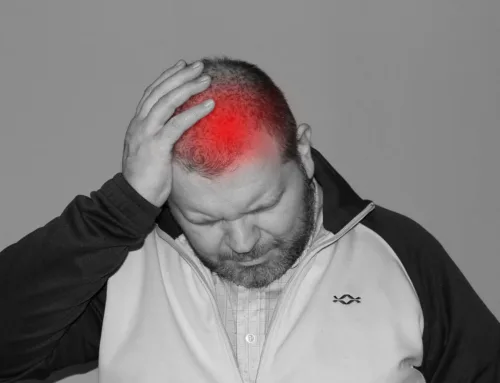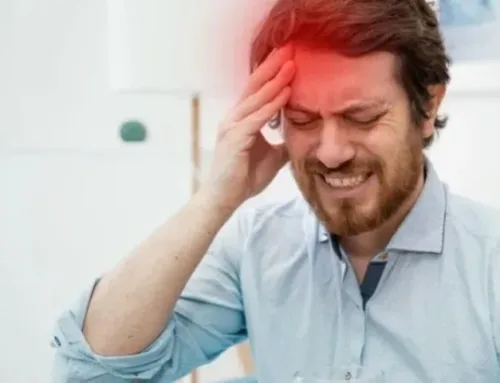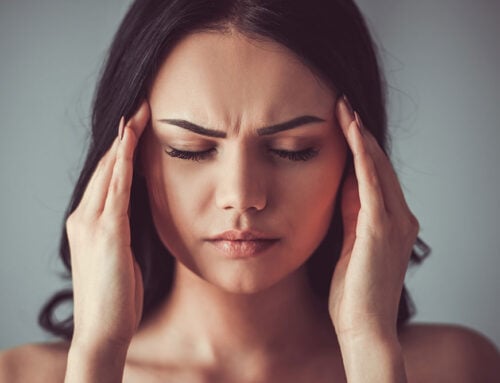Neck Pain and Migraine Headache
If you suffer from headaches, most times you will notice neck stiffness or tightness. You may always feel pulled forward in your posture, can’t get your shoulders back. You may have been told that you have “rocks in your shoulders and upper back”. You can’t check your blind spots while driving. These are all common complaints, but why?
It turns out that it all makes sense when you study the anatomy of headaches. See figure 1.
See the green area labelled Dorsal horn? That is where the migraine centre resides. It sits right at the top of the neck. Most chronic headache patients feel constant tightness here and may even feel their headaches start here. Notice that there is a tail from this area that can go as low as C5. That means that the influence of the trigeminal system can be felt as low as the scapula (hence the constant knots between your shoulder blades). It also innervates the scalenes (the tight band-like muscles at the side and front of your neck) and the pectoralis muscles (the front of the shoulder). All of this activation leads to a head forward posture and neck fatigue. If you could only straighten up, it feels like it would go away.
It is apparent that chronic headaches and migraines are certainly also involved the neck (so-called cervicogenic headaches), but also look at the other side.
I hope now you understand why your headaches are associated with all these other problems but also explains why car accidents can cause headaches, as this system is bi-directional. Injury to any part of it can cause problems in the other parts. So it is essential for patients to understand the origins of their pain so they can appreciate the therapy that is necessary for recovery.













